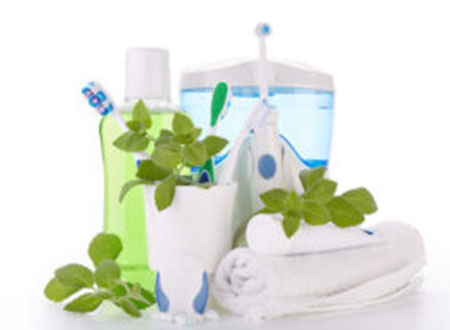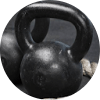Which Is Better?
The Great Dental Debate of 2018 doesn’t necessarily cover anything new, yet it’s become central to conversations surrounding dental hygiene lately: hydro-flossing or string flossing? Advocates from both sides believe their method is superior, but is there any research supporting a clear winner? The answer is murky, but one thing’s for sure: flossing of some kind is still a definite do in oral care – despite the 2016 “Flossgate” sparked by an Associated Press release. Here’s what industry leaders know about both flossing approaches so far.

What Is Hydro-Flossing?
Hydro-flossing has been around since its introduction in 1962. In essence, it is the use of an oral irrigator, or dental water jet, to clean between the teeth. Water flossing uses two basic types of irrigation devices: mechanized and non-mechanized. Mechanized are the most common, powered by batteries or electrical outlets to deliver a stream of water. Non-mechanized devices attach to faucets or showers to deliver a stream of water. There are hundreds of different hydro-flossing devices currently on the market.
Hydro-flossing has tons of literature supporting it as a safe and effective way to remove up to 99.9% of plaque, flush bacteria from the periodontal pocket, and reduce gingivitis and bleeding when combined with teeth brushing. While traditional string flossing boasts many of the same benefits, many people are curious about the potential advantages of switching to hydro-flossing. Finding out which might be the most effective at cleaning the teeth and strengthening the gums can help patients choose the best technique for them.
Research Supports Hydro-Flossing as More Effective
It wasn’t until 2005 that someone published a study directly comparing hydro-flossing to string flossing. The study only involved one device: the Waterpik® Water Flosser. Since then, two other studies (one in 2008 and one in 2011) also came out comparing the Waterpik® device and traditional string flossing. All three studies concluded that the water flosser was more effective at cleaning teeth than string floss. Hydro-flossing beat string flossing in all of the following areas:
- Reducing bleeding in the gums
- Lessening gingivitis
- Removing plaque
In the 2011 study, researchers found hydro-flossing to be twice as effective as string flossing after just two weeks. By the end of the four-week period, the results were even greater in hydro-flossing’s favor. In 2017, the Waterpik® Water Flosser became the first device of its class to earn the Seal of Acceptance from the American Dental Association – a feat further cementing the device’s position as a highly effective tool for cleaning the teeth and gums.
Should You Adopt Hydro-Flossing?
If you’ve been considering making the switch to hydro-flossing, now is a good time. While any type of flossing is better than no flossing at all, research shows that irrigation-based flossing is in fact more effective at caring for the teeth and gums than traditional string flossing. The new method might take some getting used to, but the results for your teeth and overall health are well worth the effort. Picking up a water-flosser could be the best thing you can do for your oral care regime. Ask Dr. Martin or Dr. Taylor whether hydro-flossing is right for you.
Are you looking for a great dentist?
Call for AppointmentYou will love our Martin Taylor Dentistry office. You will also enjoy the special way we say thanks to every new patient.
Back to Blog Page






